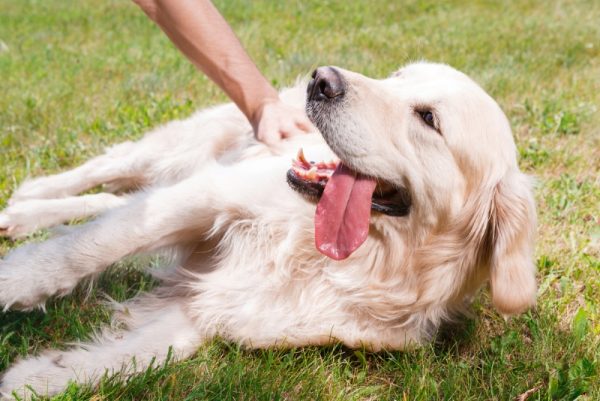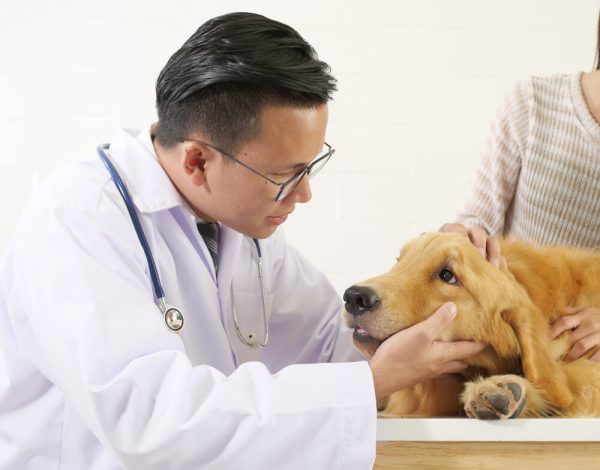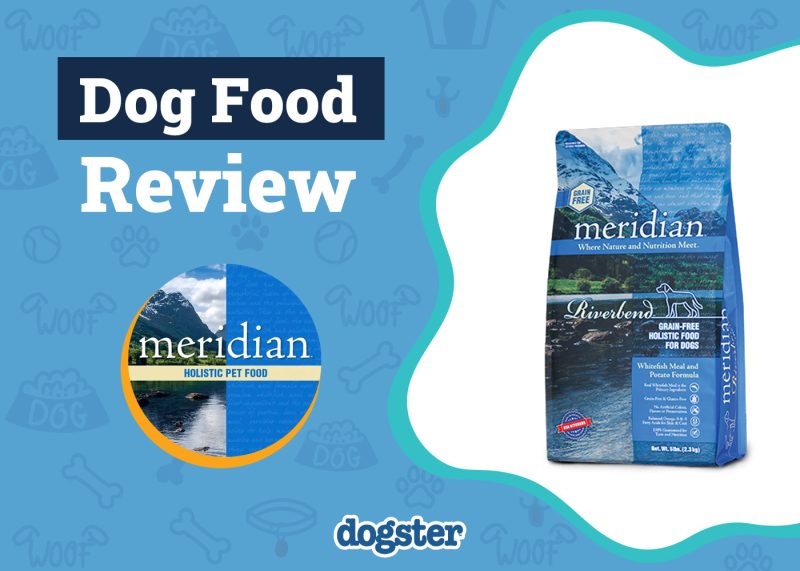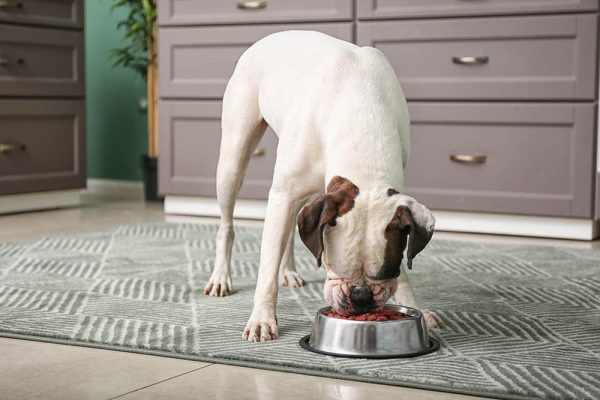In this article
Organ meats from animals that are raised properly and safely, such as farmed chickens, turkeys, ducks, cows, and sheep, can be a healthy and nutrient-rich treat for your dog. However, while dogs can technically eat organ meat, it’s crucial that it is prepared properly and given only in small quantities on occasion.
Find out what cuts are included in organ meats, how you can feed organ meats to your dog, and what precautions you need to take to ensure you are feeding these treats appropriately and safely.

Why Can Dogs Eat Organ Meat?
Organs like gizzards, liver, and kidneys from poultry like chicken and turkey or large farm animals like beef and sheep can be a healthy treat for your dog. Organ meats are part of the natural diet for the dog’s wild canid relatives, including wolves, coyotes, and foxes. They’re packed with nutrients that are essential to your dog’s diet, such as iron, vitamins C and E, and protein.

Benefits and Dangers of Feeding Organ Meats to Dogs
As mentioned, organ meats contain a range of vitamins and minerals that are essential to your dog’s diet. However, they should be getting all those nutrients from their regular food, so if your dog is on a high quality balanced diet there’s no nutritional need to give them additional organ meat. Some commercial pet foods will contain some organ meat as part of their recipe.
If you want to feed organ meat as an occasional treat, it can be healthier than some other types of treats. There are some precautions you need to take, however. We will discuss this later on in this post.
Nutritional Imbalances
Organ meats are rich in nutrients, including iron, vitamins A and E, and protein, which are essential to your dog’s health. These nutrients are found in commercial dog food but are ideally balanced for your dog, so there’s no need to add organ meats to supplement their diet.
In fact, feeding organ meats too often can have the opposite effect. Because organ meats have varying levels of different nutrients, compared to the careful balance of nutrition in commercial food, they can contribute to nutritional imbalances. Too much of a vitamin or mineral can even cause toxicity and other complications. In addition, an abundance of one nutrient can cause an imbalance that leads to a deficiency in another.
Keep in mind that different organ meats have unique nutritional profiles. For example, beef heart is quite high in fat, which can cause pancreatitis in large amounts. Liver is high in vitamin A, which can lead to an overdose of this vitamin if fed regularly. Organ meats are also generally high in purines and some dog breeds (particularly Dalmations) can have abnormal purine metabolism which can lead to bladder and kidney stones if fed a diet high in purines.
If you are including offal as part of a homemade diet, it’s important to consult with a veterinary nutritionist to formulate a balanced meal plan for your dog with the right mixture of ingredients and supplements.
If you need to speak with a vet but can't get to one, head over to PangoVet. It's our online service where you can talk to a vet online and get the personalized advice you need for your pet — all at an affordable price!
Disease Risks & Preparation
Organ meats are safe for dogs if they’re prepared properly. Organ meats should be cooked and not fed raw. Raw meat can contain bacteria and parasites which can be a threat to your dogs health, and handling raw organ meat can present a disease risk for you. Cooking organ meats removes some of the nutrients, but it’s the safest way to prepare these foods for your dog.
Finally, make sure organ meats only come from healthy and properly raised animals. Don’t prepare organ meats from game animals or unknown sources, as they may harbor diseases that are dangerous for your pet.
As with any new food, introduce organ meats to your dog’s diet slowly, one type at a time, and see how they handle them. If you mix too many, you won’t be able to tell which organ meat bothers your dog. Some organ meats may be too rich for your dog, leading to digestive upset and diarrhea or vomiting. If your dog becomes ill from organ meats, avoid feeding them.
What Organ Meats Can Dogs Have?
You can feed your dog a variety of organ meats if they come from a healthy animal, including the liver, kidney, heart, spleen, gizzard, testicles and tripe. Some organs, such as the heart, count as both organ meat and muscle meat from a culinary perspective.

How Much Organ Meat Can My Dog Have?
Treats and supplemental food, no matter the type, should never exceed 10% of your dog’s diet. This is necessary to maintain a healthy balance of nutrition with your dog’s regular food. The same rule applies to organ meat. It’s best to vary the organs as well to avoid your dog getting too much of any one organ, even as a treat.
Are Organ Meats Safe for All Dogs?
Organ meats are generally safe for dogs, but that doesn’t necessarily mean they are appropriate for your dog. Some dogs have unique nutritional needs because of their activity levels or certain health conditions. It’s best to speak to your vet about whether organ meats are appropriate for your dog and which ones would be best to offer.

Conclusion
Organ meats can be safe for dogs as an occasional treat if they’re prepared properly. It’s important to cook organ meats thoroughly and feed them only in small portions, as feeding too much can cause illness or may lead to nutritional imbalances.
Featured Image Credit: Ormalternative, Shutterstock




















